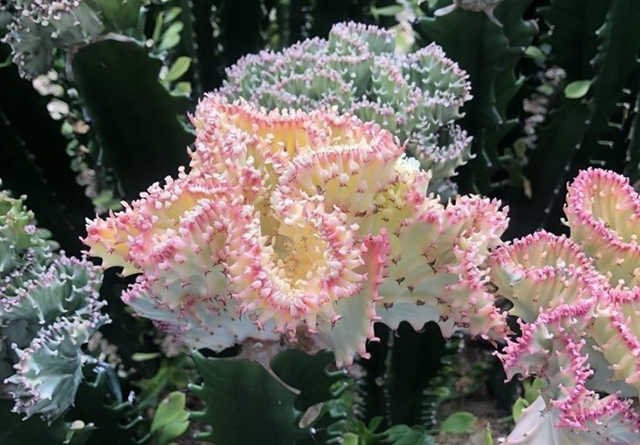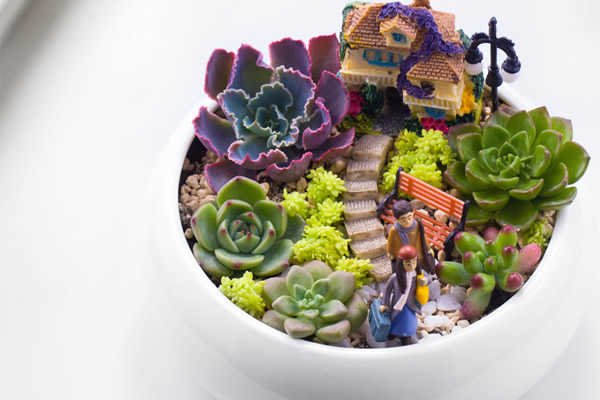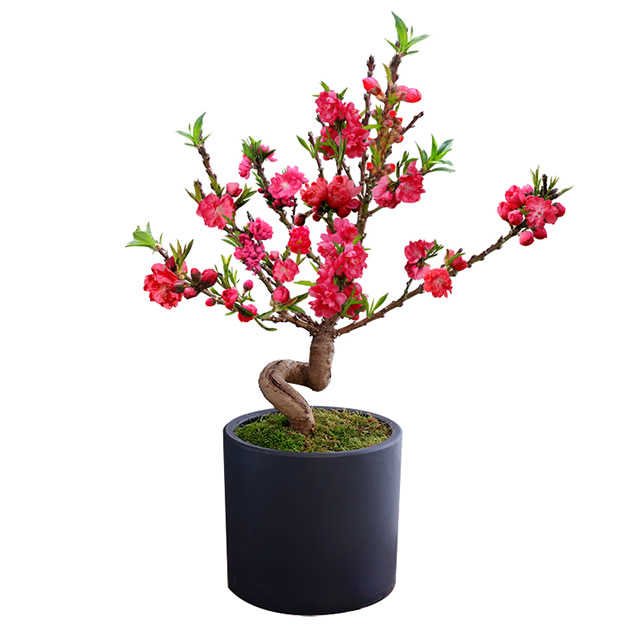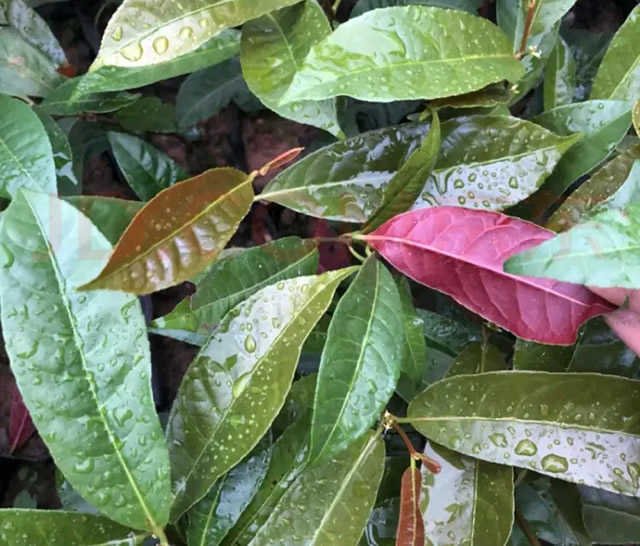one,Greenery
Alias: Devil Teng, Shi Orange, and bamboo leaves Hezi.
Modern characteristics: Green Luo vine is several meters long, and tropical areas often climbed on rocks and trunks of rainforests. There are gas roots in the interview. As the growth age increases, the stems are thicker, and the leaves are getting larger and larger.Tengben; a few leaves will also be slightly yellow or white mottled.
Cultivation value: In addition to high ornamental value, Green Luo can also effectively adsorb and remove pollutants such as formaldehyde, benzene, and chloride in the indoor air. It is a natural "air purifier".

Second, rich bamboo
Alias: Wanshou bamboo, Flower Wanshou bamboo, Kaiyun bamboo, Fugui Tower, bamboo Tower, Tower bamboo.
Morphological characteristics: evergreen Asian shrub -like plants; more than 1m height, slender plants, branches on the upper upper part; root stems walking horizontally, nodular; leaf alternate or near -raisingThere are obvious 3-7 main veins, with short handle and thick green; umbrella -shaped inflorescences have 3 to 10 flowers born in leaf armpits or pairs of flowers with upper lobes, flowers 6, corolla bells, purple; berries near the ball;,black.
Cultivation value: It is mainly used for potted plants with high ornamental value.
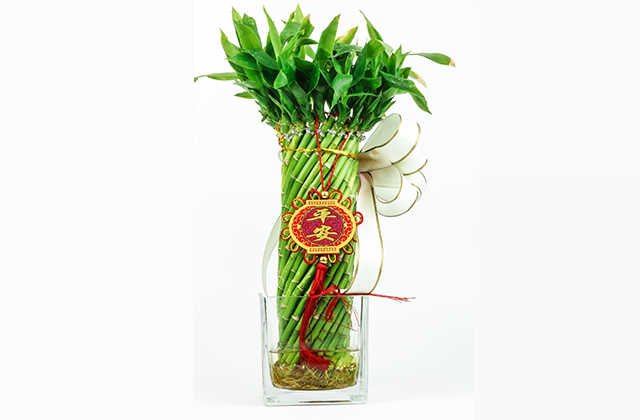
Third, chirling orchid
Alias: Pot grass, hook orchids, Guilan, bamboo orchids, Fold Crane Lan.
Morphological characteristics: Schrylansch is the root of the root, with clustered cylindrical hypertrophy and rhizomes; yellow and white stripes on both sides of the edge of the green leaves; there are flowers, white, flowering in spring and summer, and blooming indoor winter can also bloom indoors.Essence
Cultivation value: Spidering orchid has the function of absorbing toxic gases and plays a role in purifying the air.
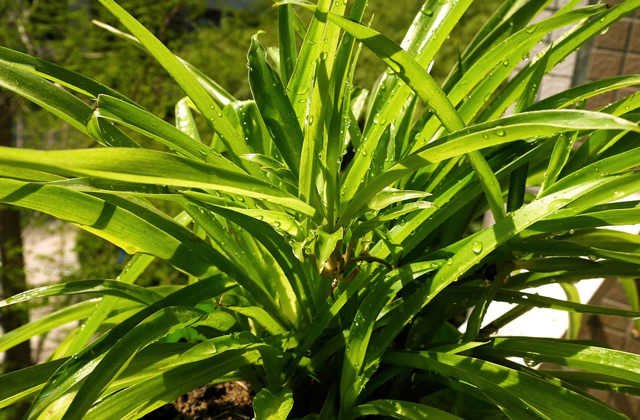
Fourth, Fortune Tree
Alias: Guoli, Sino -US kapok.
Morphological characteristics: Evergreen small trees, palm -shaped leaves, 7 to 11 leaflets, long or round or oval circles.The plant shape is beautiful, the leaf color is bright and green, and the trunk is hammer.Vitality is quite strong.Outdoor adult plants bloom in three seasons in spring, summer and autumn.
Cultivation value: Potted plants are suitable for arranging and beautifying in home.
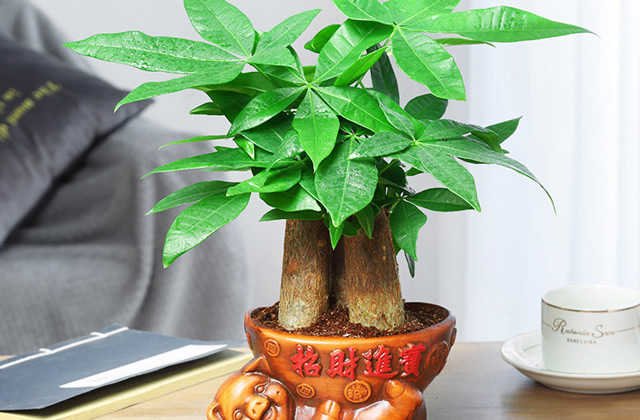
Five, Clivia
Alias: Grand Flower Clivia, Big Leaf Wall garlic, sword -lobe stone garlic, Deminlan.
Morphological characteristics: Clivia is a perennial herbaceous plant, with a fibrous root of the roots, and the leaf base forms a pseudo -bulb. The leaf shape is like a sword, which can reach 45 cm long.Duo, more than 40 ones; small flowers have a handle, arranged umbrella -shaped on the top of the flower, flowers are leak -like, upright, yellow or orange.It can bloom throughout the year, mainly in spring and summer.
Cultivation value: Clivia has high ornamental value, as well as the role of purifying air and medicinal value.

Six, aloe vera
Alias: Lu Hui, Nahui, Xiang Dan, Slave club.
Morphological characteristics: evergreen, fleshy herbaceous plants; leaf clusters, seat -shaped or born on the top of the stem, leaf often lanceolate or short leaf width, and sharp tooth thorn on the edges;The shape, conical, etc., the color is red, yellow or red spots, six petals, six pistils.flowers are multi -connected to the base.
Cultivation value: viewing, medicinal and consumption.

Seven, desert rose
Division: clipped olee family, Tianbao flower genus.
Modern characteristics: Desert roses are shaped like small speakers, rose red, umbrella -shaped inflorescences of three and 50 %, bright and brilliant, flowing in four seasons; single leaves are alternate, ovate, top top top, 8 cm to 10 cm long, 2 cm wide ~4 centimeters, leather, shiny, dark green on the abdomen, and gray green on the back.

Eight, Emperor Yin
Alias: Silver King Liang Si Grass, Yinwang Wannian, Silver King Coarse Pystone.
Morphological characteristics: perennial evergreen herbs, short stems, 40-50 cm height, dense leaves, 20-25 cm long, 5-7 cm wide, lanceolate, dark green leave, Gray green on the back of the leaves.The petiole is gray -green spots, and the sheath -shaped stems of the petiole are born.
Cultivation value: beautify the study, living room, and bedroom, which can be placed for a long time.
Nine, Brazilian iron
Alias: Brazil Millennium Wood, Phnom Penh Xianglong Blood Tree, Brazilian Wood.
Modern characteristics.Lily family evergreen tree, 50 cm to 150 cm high in potted plants, with branches; leaves are clustered on the top of the stem, 40 cm to 90 cm long, 6 cm to 10 cm wide, bending in bow shape, bright green and luster;Highly fragrant.
Cultivation value: Brazilian Tie Duo, as an indoor ornamental plant in the family or office, is placed on the sofa.

Ten, black beauty
Alias: spring grass, Sanjue bed.
Morphological characteristics: Perennial herb with low plants, only 5-10 cm high.Ye is opposite, heart shape or widespread, slightly wrinkled surface curling, exactly like black hair, so it is named, rumorized, densely dense and non -messy branches and leaves.
Cultivation value: Black beauty is also an indoor air purifier, which can increase oxygen ion content, and can also absorb a certain amount of harmful gases such as formaldehyde, sulfur dioxide and hydrogen sulfide in the air.
Eleven, Su Tie
Alias: iron tree, phoenix banana, phoenix pine, fire banana.
Morphological characteristics: evergreen palm -shaped wood; cylindrical stems, no branches; leafyl and leaf marks from the dense stems, and scales; leaf spiral -like arranges, leaves born from the top of the stem, leaves, leaves, leafsThere are two types of nutrient leaves and scales. Nutritional leaves are feathered, large, and small -scale leaves are short and small; small leaf -shaped, rolled in the first time, and then obliquely displayed upwards.Thick leather, hard, shiny.
Cultivation value: Su iron tree is strange, the leaves are lush, and the charm of tropical scenery should be configured as attractions with mountain stones.
Twelve, white palm
Alias: White Crane taro, Book taro, Heping taro.
Morphological characteristics: perennial evergreen grass -based leaves.The plant height is 40 to 60 cm, with short root stems, mostly clusters.The leaf is round or near the lanceolate, the ends are gradually pointed, and the base is wedge -shaped.The flowers are buds, slightly fragrant, leaf -shaped, resembling palms, so they are named white.
Cultivation value: White palm can inhibit the exhaust gas that the human body is exhaling such as ammonia and acetone, and it can also filter the benzene, trichlorohylne and formaldehyde in the air.
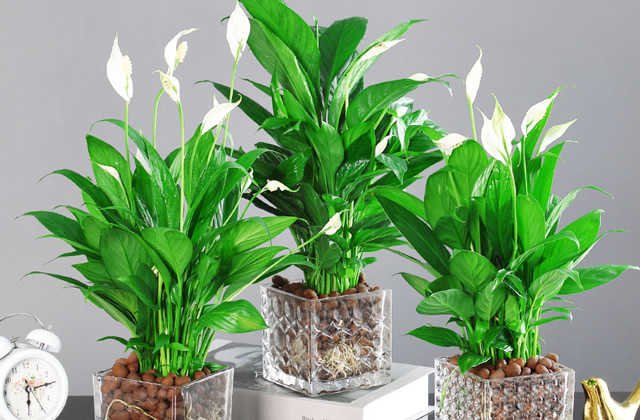
Thirteen, Green Emperor
Alias: Green Emperor Xilin taro, Emperor.
Morphological characteristics: The stems of the Green Emperor's stems are short, with a spacing of about 1 to 2 C cm, and the qi roots are often born in the interval. The stems can be 2 to 4 C.Cluster, from yellow -green to green or dark green, shiny.
Cultivation value: It has environmental protection functions that can absorb a large amount of carbon dioxide in the dust in the air, release oxygen, make the indoor air fresh, and increase the oxygen ion content.
Fourteen, Guanyinzhu
Alias: Fengwei bamboo, rice bamboo, tendon head bamboo, Penglai bamboo.
Morphological characteristics: clustering, short but hollow; stalk height is 1 to 3m, diameter 0.5 1.0cm, with small leaf branches drooping, 9 to 13 leaves per small branch, small leaf chip, linear coolant to a lanceolate to a lanceolate to a lanceolate to a lanceolate to a lanceolate to a lanceolate to a lanceolate to a lanceolate to a lanceolate to a lanceolate to a lanceolate to a lanceolate to a lanceolate to a lanceolate to a lanceolate to a lanceolate to a lanceolate to a lanceolate to a lanceolate to a lanceolate to a lanceolate to a lanceolate.Lauce, 3.3 to 6.5cm long, 0.4 to 0.7cm wide.The plants are clustered and sagged.
Cultivation value: It is often used in potted viewing, embellished with small courtyards and rooms, and is also often used for making bonsai or as a low hedge material.
fifteen,asparagus
Alias: cloud sheet pine, stabbed winter, Yunzhu.
Morphological characteristics: The root of the bamboo bamboo is slightly fleshy, the stems are soft, and the extended stems are climb -shaped; the real leaf degenerates into scale -like, light brown, born at the base of the leaf -shaped branches;The feathers are expanded horizontally; the leaf -shaped branches have 6 to 13 small branches each, with small branches 3 to 6 mm long and green.The scales on the main stem are mostly thorny, like pine needles, exquisite and beautiful.
Cultivation value: Famous indoor leaf flowers and medicine can be used.

